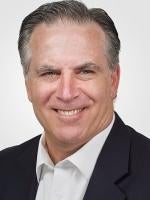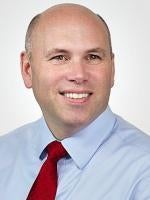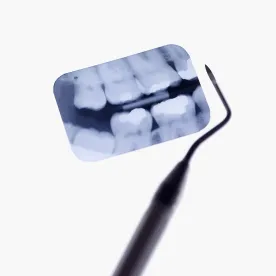Following Governor Andrew Cuomo’s announcement that dental practices across New York State may reopen to perform all dental care, the New York State Department of Health (DOH) has issued minimum safety and social distancing standards in its “Interim Guidance for Dentistry During the COVID-19 Public Health Emergency.”
The Interim Guidance applies to all dental care, including both emergency and non-emergency or elective care, and will remain in effect until it is rescinded or amended by DOH. All dentists must implement the standards upon reopening and submit an affirmation to DOH stating that they have reviewed the Standards and will implement them.
The Interim Guidance provides:
No dentistry activities can occur without meeting the … Standards, as well as applicable federal requirements, including but not limited to such minimum standards of the Centers for Disease Control and Prevention (CDC), Environmental Protection Agency (EPA), and United States Department of Labor’s Occupational Safety and Health Administration (OSHA).
Recognizing the dynamic and fluid nature of state and federal guidance on preventing the spread of COVID-19, the Interim Guidance notes that the Standards are based on the “best-known public health practices” and cautions all dental practices to understand that such practices — and presumably the Standards themselves — “change frequently.” Therefore, dentists should regularly monitor the DOH website for any updates to the Interim Guidance.
The Standards include practices that are well known to reduce the spread of COVID-19, such as:
-
Requiring physical distancing of at least six feet in every direction in all waiting areas, reception areas, and elevator entrances and other spaces where individuals tend to congregate;
-
Installing physical barriers when adequate distancing is not possible;
-
Limiting elevator density; and
-
Using signage to reduce bi-directional traffic and to otherwise remind all employees, patients, and visitors to engage in best practices (g., social distancing, face coverings and hand washing) to reduce the spread of the disease.
The Standards further require that providers:
-
Limit gatherings in enclosed spaces (g., restrooms and break rooms);
-
Take measures to reduce interpersonal contact and congregation (g., limiting in-person staff present, adequate time between patients, and limiting the number of patients on the schedule); and
-
Limit on-site interactions (g., require employees to remain near their workstations).
On cleaning and disinfection, the Standards require that dental practices “wait at least 15 minutes” after completion of a dental visit to allow potential contagious droplets to fall from the air prior to disinfecting. Inasmuch as dental practices are required to clean and disinfect between each patient visit, this requirement will limit significantly the capacity to service patients.
According to the Standards, dental practices “must ensure that patients and visitors wear face coverings at all times, except when undergoing a dental procedure,” and require all employees to wear appropriate personal protective equipment when providing care in accordance with OSHA standards. For aerosol-generating procedures, the provider’s personnel must wear a properly fit-tested, NIOSH-certified, disposable N95 or higher rated respirator, as well as eye protection, gloves, and gowns.
On screening and testing, dental practices must implement mandatory health screening practices of employees, patients, and visitors, including through remote (e.g., telephone or text) processes. Dental practices must notify the local health department of confirmed positive cases COVID-19 and be prepared to cooperate with the local health department’s contact tracing efforts.
While dental practices are accustomed to taking precautions, they should become familiar with the added DOH requirements by reviewing the Interim Guidance and continuing to monitor for changes to the Standards.
Reopening orders contain extensive requirements creating compliance issues that can vary significantly depending on the specific state or local jurisdiction. Jackson Lewis attorneys are closely monitoring updates and changes to legal requirements and guidance and are available to help employers weed through the complexities involved with state-specific or multistate-compliant plans.






 />i
/>i


